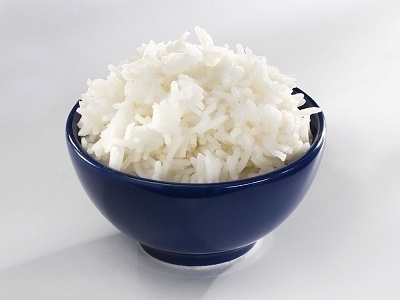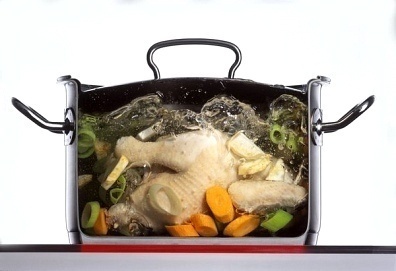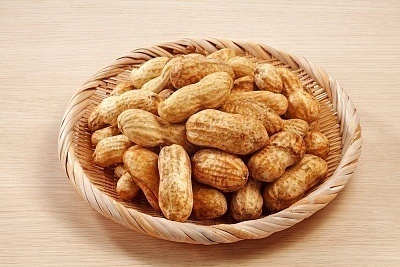How to Boil Cabbage
Cabbage is a leafy vegetable that, just like any of its kind, has a fair amount of nutrients intact. It is a good source of soluble and insoluble fiber, too.
Cabbage has many different varieties. Naturally, it would look like a solid head, where leaves grow around each other. The usual color of cabbage is green. The outer layer may look darker than the inner leaves. Then, there are varieties that have purplish hues. There are also red varieties and some are white.
It does not matter what kind of cabbage you are dealing with. This bunch of leafy green has many uses in cooking. It can create a savory dish that you would love going back over and over again. But before we even dig deeper to how many delicious recipes we can make out of a cabbage, let us first understand the basics.
Cabbage Varieties
There are different types of cabbage. They vary according to color and flavor.
The most common type is the green cabbage. This is the one with a darker green outer layer and a lighter green inner layer. You will find this in dark green to pale green color and pale green to apple green or white color. It has a very crisp texture and mild flavor.
Another type of cabbage that you would easily find in groceries and supermarkets is the purplish or reddish cabbage. This is commonly used for salads not just for decorative purposes but also for added flavor. Red cabbage is sweeter than the rest. Its mild sweetness can add up a nice character to salads and stir-fries while its striking purplish or reddish color will help beautify the meal.
Savoy cabbage is a flavorful variety that is best differentiated by its crinkled and loose leaves. It has leaves that are tender and a mild flavor that is often sought by many cooks. Unfortunately, it is not readily available everywhere.
Brussels sprouts are small, leafy, compact vegetables that look exactly like a cabbage. They are small, usually no more than two inches in diameter, but tastes the same as the big, solid heads. They are named Brussels sprouts, after their place of origin, which is Brussels, Belgium.
Napa cabbage is another popular type of cabbage that grows in Asia in the United States. It is high in Vitamin C and is often used in salads and other cold dishes. It can also be boiled or steamed and added to many Asian recipes. It is also known by many names like Peking cabbage, pe tsai, and celery cabbage among others. Unlike the common green cabbage that has a solid head, Napa cabbage has loose heads with leaves that are shaped oblong rather than round.
Bok Choy is another variety of cabbage that is closer to the Napa cabbage than the regular green ones. It has dark green leaves that are bunched loosely with celery like stalks that are usually white in color.
Choosing your Cabbage
Choosing your cabbage fresh is even more important than deciding what you will do with it. Here are some guidelines on how to buy fresh cabbage that will do wonders to any dish.
* A fresh head of cabbage is firm and compact.
* Fresh cabbage has crisp leaves. There should be no dark markings or browning. Such is an indication of worm damage.
* The color of your cabbage should reflect its variety. Basically, the darker the leaves are the more flavor the have.
* You must buy your cabbage whole and intact. Avoid purchasing the shredded ones. When the cabbage is cut, it will start losing its Vitamin C, no matter how tightly packed it may be.
How to Boil
Cabbage can be eaten raw or cooked, as mentioned earlier. It can be used in a variety of dishes from salads to savory Asian recipes and whatnots. It can be steamed or boiled, braised, sautéed, and stir-fried.
The most popular way of cooking cabbage is boiling it. After that, you can add it into any kind of recipe as a side item that will definitely make your meal not just flavorful but also nutritious.
How to boil cabbage? This is such a pretty easy task. You just have to understand that boiling cabbage should be done in as little time as possible. It is not nice to overcook your cabbage because it will lose some of its important nutrients as well as its flavor.
If you are boiling cabbage cut in wedges, you will have to bring to a boil about half an inch of water in a saucepan. Put the cabbage to boiling water and leave it uncovered for 3-5 minutes until it becomes tender. If you are boiling a bigger cut or a whole head, you will have to adjust the amount of time you will soak it onto the boiling water. Cabbage cooks quickly. Overcooking it will release the foul smell that often put off some diners.







